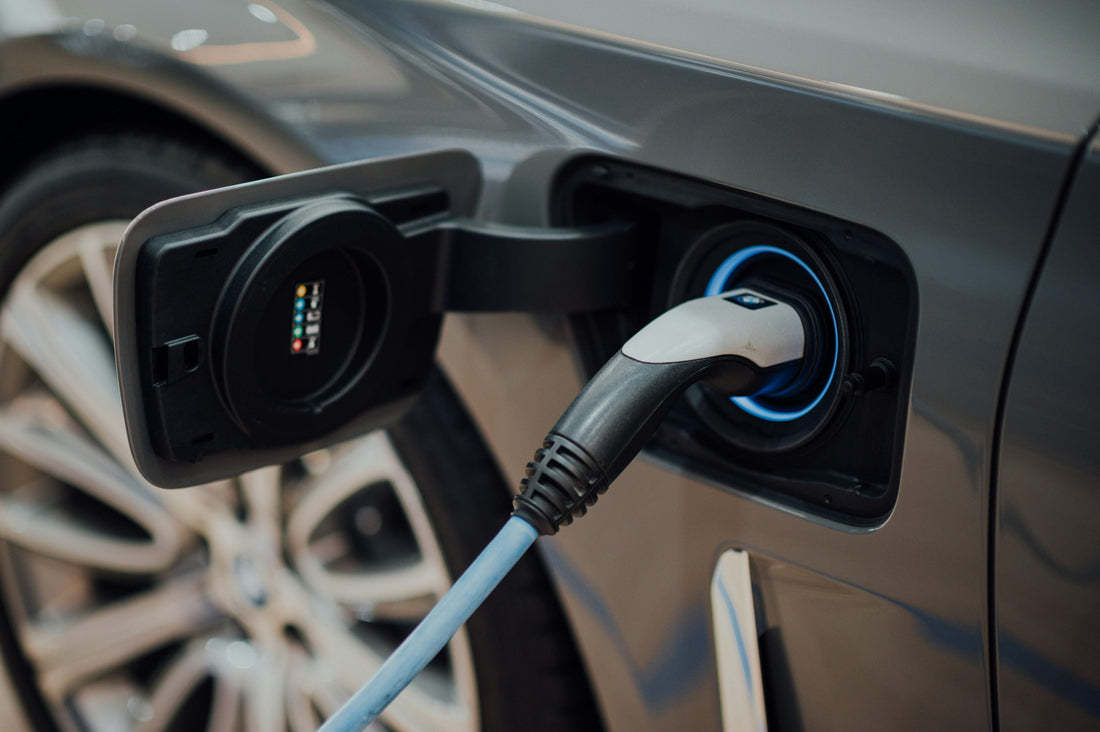
How Electric Vehicles Are Revolutionizing the Auto Industry
Share

The electric vehicle (EV) market is rapidly transforming the automotive landscape. Fueled by advancements in technology, growing environmental consciousness, and supportive government policies, EVs are no longer just a niche product—they’re a driving force of innovation. For investors, the EV revolution represents an unprecedented opportunity to capitalize on the future of transportation.
The EV Advantage: A Cleaner, Smarter Future
Electric vehicles run on electric motors powered by batteries, with energy sourced from renewables like solar and wind or even nuclear power. Here’s why they’re gaining momentum:
1. Environmental Benefits: Unlike gasoline-powered cars, EVs produce zero tailpipe emissions, reducing their contribution to climate change and air pollution.
2. Cost Savings: While EVs often have a higher upfront cost, lower fuel and maintenance expenses make them more economical over the long term.
3. Technological Innovation: Breakthroughs in battery efficiency, charging infrastructure, and smart systems continue to enhance EV performance and consumer appeal.
Exploring the EV Ecosystem
Types of Electric Vehicles
1. All-Electric Vehicles (EVs): Powered solely by electricity, these vehicles include popular models like the Tesla Model S and Nissan Leaf.
2. Plug-In Hybrid Electric Vehicles (PHEVs): Equipped with both an electric motor and a gasoline engine, PHEVs can operate on electricity for short distances and switch to gasoline for extended range (e.g., Chevrolet Volt).
3. Hybrid Electric Vehicles (HEVs): Combining an electric motor with a gasoline engine, HEVs improve fuel efficiency but lack plug-in capabilities (e.g., Toyota Prius).
4. Extended-Range Electric Vehicles (EREVs): These hybrids prioritize electric power but feature a small gasoline engine for backup (e.g., BMW i3 REx).
5. Fuel Cell Electric Vehicles (FCEVs): FCEVs generate electricity using hydrogen fuel cells, offering fast refueling and long ranges (e.g., Toyota Mirai).
Charging Standards: Powering the Revolution
Efficient charging infrastructure is critical for EV adoption. Key standards include:
· CHAdeMO and GB/T: Rapid DC charging solutions, popular in Japan and China.
· Combined Charging System (CCS): A versatile standard supporting both AC and DC charging.
· Tesla Supercharger: Proprietary, high-speed charging exclusively for Tesla vehicles.
· Type 2 (Mennekes): Widely used in Europe for slow to fast AC charging.
· Level 3 (DC Fast Charging): Enables 80% battery charge in about 30 minutes, suitable for highway rest areas and urban centers.
Global Status of EV Adoption
United States
The U.S. is at the forefront of EV innovation, driven by:
· Policy Support: Federal tax credits up to $7,500 and state incentives.
· Market Growth: Over 2.2 million EVs on U.S. roads as of 2021, led by Tesla Model 3 and Model Y.
· Challenges: Limited rural charging infrastructure and high upfront costs remain barriers.
China
As the world’s largest EV market, China’s dominance is fueled by:
· Government Goals: A target of 20% new vehicle sales being EVs by 2025.
· Incentives: Subsidies, tax exemptions, and mandatory EV quotas for automakers.
· Key Players: Companies like Xpeng Motors, BYD, and SAIC Motors lead the charge.
However, reliance on subsidies and limited domestic competition pose challenges.
Competitive Landscape
Leading automakers and tech companies are driving the EV revolution. Industry giants like Tesla, BYD, General Motors, and Volkswagen are investing in R&D, launching innovative models, and expanding their global footprints.
Additionally, partnerships, acquisitions, and collaborations are reshaping the competitive landscape, providing lucrative opportunities for investors.
Why Invest in Electric Vehicles?
1. Massive Market Growth: The global EV market is projected to grow exponentially, with adoption accelerating in developed and emerging economies.
2. Sustainability Trends: Stricter emissions regulations and consumer preference for greener alternatives are fueling demand.
3. Technological Advancements: Innovations in batteries, autonomous driving, and connected vehicles are enhancing EV value propositions.
4. Government Incentives: Subsidies and tax credits lower entry barriers for both manufacturers and consumers.
Conclusion: Driving into the Future
Electric vehicles are more than a transportation trend—they represent the future of mobility. With growing consumer interest, government backing, and rapid technological advancements, the EV industry is poised for remarkable growth.